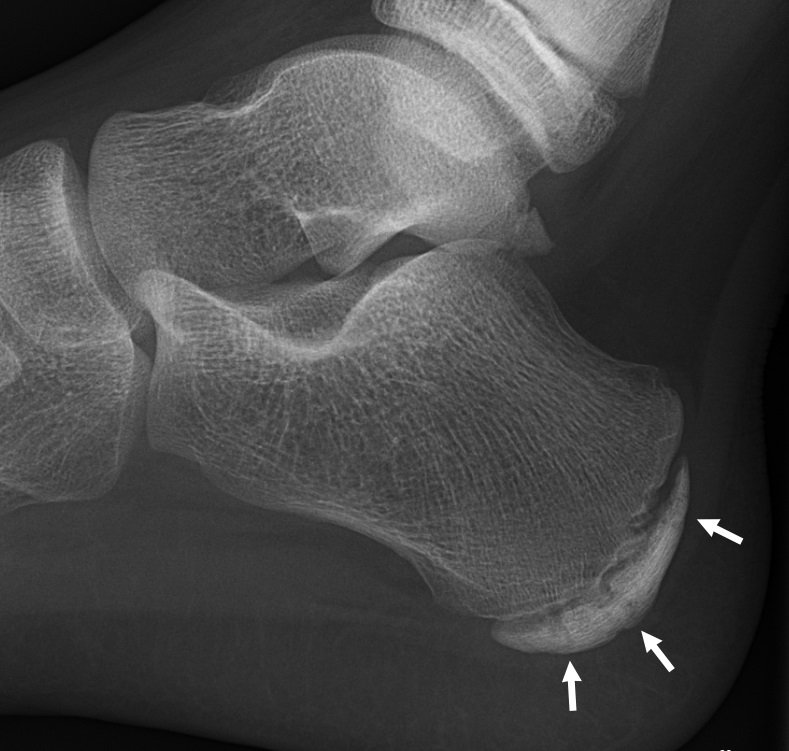Severs Disease
Sever’s disease - Set in Motion Physiotherapy Frenchs Forest, Macquarie Park
Sever's Disease, also known as calcaneal apophysitis, is a common and often misunderstood condition that affects children during their growth spurts. While it is not a disease in the traditional sense, this painful heel condition can impact a child's ability to stay active and participate in sports. In this blog post, we'll delve into what Sever's Disease is, its causes, symptoms, diagnosis, treatment options, and practical tips for prevention.
What is Sever's Disease?
Sever's Disease occurs when the growth plate in the heel, called the apophysis, becomes inflamed due to repetitive stress or tension on the growth plate. This typically happens during the pre-adolescent and early adolescent years when the bones are growing rapidly.
Causes of sever’s diseae:
The primary cause of Sever's Disease is the ongoing growth of the heel bone. Rapid growth can lead to a discrepancy between the tight Achilles tendon and the developing heel bone, resulting in increased tension and stress on the growth plate.
Symptoms of sever’s disease:
Heel Pain: The most common symptom is pain in the back or bottom of the heel that worsens with activity.
Limping or Walking on Toes: Children may alter their gait to minimize heel pain, leading to a noticeable limp or a preference for walking on tiptoes.
Swelling and Redness: The affected heel may be swollen, and there might be redness around the area.
Pain often settles within 1-3 days and the child may be pain-free.
Sever’s disease x-ray - Set in Motion Physiotherapy Frenchs Forest, Macquarie Park
Diagnosis of sever’s disease:
X-rays may be ordered to rule out other potential causes of heel pain and to assess the condition of the growth plate.
Pain over the calcaneus
Pain with hopping and jumping
Treatment of sever’s disease:
Rest and Activity Modification: The cornerstone of Sever's Disease treatment is giving the affected heel time to settle with growth. This involves reducing or avoiding activities that exacerbate the pain. This could include not training or playing at lunch time, but participating in games on weekends.
Ice and Pain Medication: Applying ice to the heel and over-the-counter pain medications can help alleviate pain and reduce inflammation.
Avoid Stretching Exercises: Avoid stretching exercises for the calf and Achilles. This only pulls on the apophysis ever more and irritated the bone further.
Orthotic Inserts: Custom or over-the-counter shoe inserts can provide additional support and cushioning to the heel.
Heel Cups or Pads: Placing soft heel cups or pads in the shoes can help absorb shock and reduce impact on the heel.
Proper Footwear: Ensure children wear well-fitted, supportive shoes with proper arch support and cushioning.
Conclusion:
Sever's Disease can be a challenging experience for both children and their parents, but with the right approach to treatment and preventive measures, most children can recover fully and resume their regular activities. If your child is experiencing persistent heel pain, consulting with a healthcare professional is crucial for an accurate diagnosis and appropriate management plan. With patience and proper care, Sever's Disease can be a temporary setback rather than a long-term obstacle to a child's active lifestyle.


